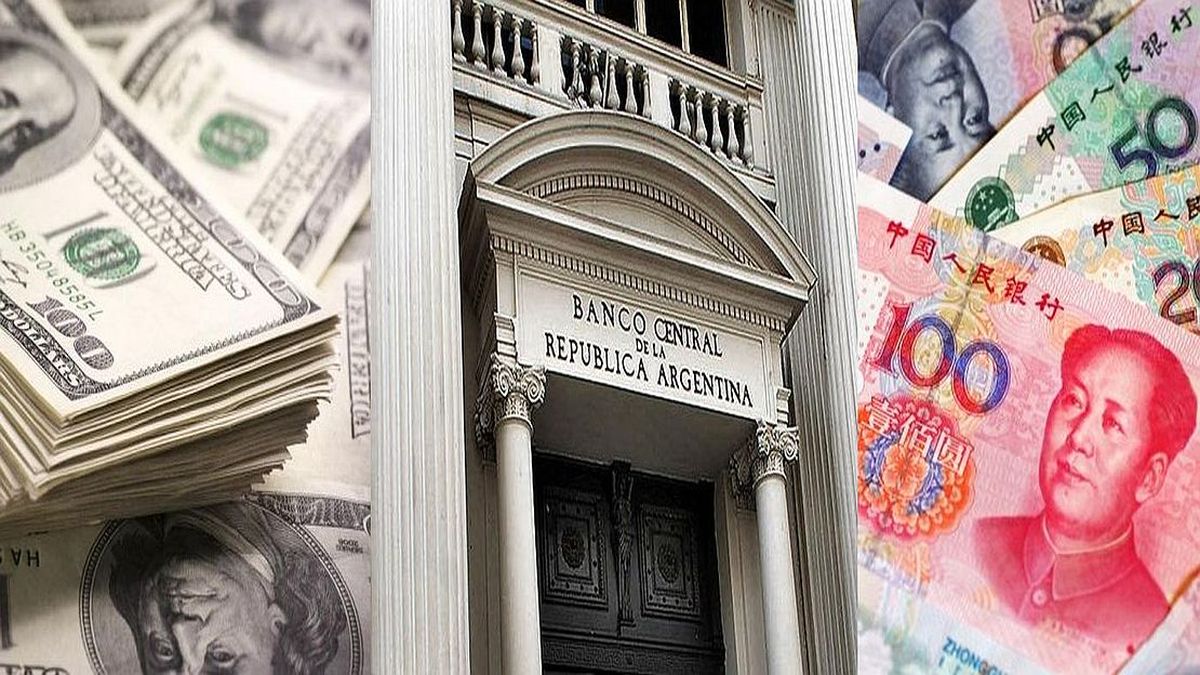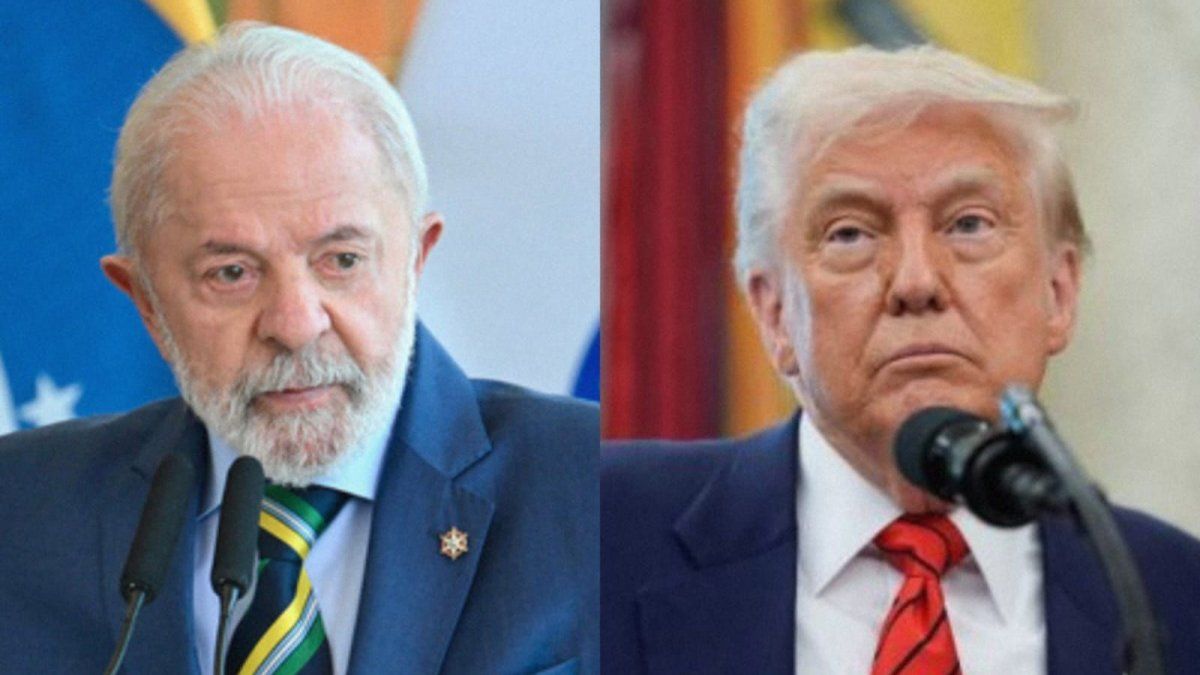President Alberto Fernandez confirm the swap extension US$11.5 billion freely available upon approval of the second tranche, consisting of US$6.5 billion. From the Ministry of Economy they affirm that the use of the resource will serve to reach “until December with the fulfillment of all obligations.”
Nearly Sergio Massa They refer to the activation of credit as the “full tank” of the Central Bank. The resources will be freely available. Finally, they were US$1.5 billion more than expected. “That is because The Chinese government bets on Argentina“, they respond briefly from the ministry. The agreement was signed between the Central Bank and the People’s Bank of China.
For Sebastian Menescaldi, director of the consulting firm EcoGo, the swap will allow the Government to “travel more calmly through the final stretch of the year.” The importance of the funds granted by China is that it allows other resources to be released to be able intervene in the financial market. “It occurs in a context where the Government ran the risk of running out of liquidity and with the certain possibility of having to face risks of default or an aggravated run that further complicates the situation,” explains the specialist.
According to the latest report from the consulting firm Portfolio Personal Inversiones (PPI), the intervention in the MEP and CCL dollars extended to 18 consecutive rounds generated a drain on reserves between both markets for US$1,940 million. In this context, the expansion of the Chinese swap allows “to mitigate the loss of reserves in the MULC”, thus leaving “more currency available to continue intervening in the exchange gap.” This maneuver does not alter the number of net reserves, estimated at -US$7,590 million, but it does generate liquid or usable reserves and thus expands the margin of intervention.
The importance of the activation of this element has to do with the availability to cancel Chinese imports and cancel with the Monetary Fund both the capital payments concentrated at the end of October for US$2,627 million, as well as the US$756 million in interest concepts. agreed upon November 1st. The destinations of the money were ratified by the Secretary of Economic Policy Gabriel Rubinstein: “They may be used for imports, external payments or intervention in CCL/MEPthat Let’s hope they can go down and move away from the recent “panic” values”, he explained in X.
For Ricardo Delgado, president of Analytica, the importance of the swap lies in “not exacerbate a recessive trend which, in this context of very high inflation, would be an absolutely lethal combination for the end of the government.” In any case, he considers that expectations are “very unanchored” precisely due to the absence of dollars and the uncertain future after next Sunday’s results.
This last point is key for the economist Martin Kalos, director of EPyCA Consultores. According to the specialist, the time that the US$6.5 billion will last in the BCRA coffers will depend on “the size of the exchange rate run” that could be seen after the election result. “If the elections show a runoff. The run may be less. If Milei takes the lead, the run can be bigger and faster. Parallel rates could continue to fly at numbers that may actually seem ridiculously high,” Kalos warns. If so, the Government would have to choose between the rise in financial and illegal dollars or intervene and make the delay in the payment of imports the cost to be paid.
From the BCRA, chaired by Miguel Pescethey explain that the swap with China It is a “bridge”, a transition resource towards a country that will incorporate lithium exports in 2024 and copper exports in 2025. At the same time, they understand that starting next year it will not need to import gas or oil, on the contrary, it will be a net exporter of energy. “In 2023 we expected an increase in reserves of US$4 billion, which was frustrated by the drought, but thanks to the support of the People’s Bank of China we are building a bridge until that better moment occurs in our trade balance, in the balance of payments and the exchange balance,” the entity concludes.
Source: Ambito




